A landmark study released this week by Mass Audubon portrays a dramatic shift in bird populations in the commonwealth, including a sharp decline in some native species and an increase in other species. And many of the most dramatic changes detailed in the report, such as a decline in grassland species and a marked northward shift in ranges, have been observed on the Vineyard.
The report, spanning five decades of data, draws from the USGS breeding bird survey, Mass Audubon’s breeding bird atlases and numbers reported during the National Audubon Christmas bird count, an annual event that is especially popular, and competitive, on the Vineyard.
The report, titled State of the Birds, is a mixed bag. According to the USGS survey 39 per cent of Massachusetts breeding birds have significantly declining populations.
The results only confirm what longtime Vineyard birder Lanny McDowell has observed over the decades. Mr. McDowell, an avian photographer and writer who is a regular contributor to the Gazette, has been birding on the Vineyard since 1970, a period of time that closely mirrors the report’s time frame.
“You hear frequent comments from other birders about the good old days or what it used to be like,” he said this week. Mr. McDowell said in his experience he had seen declines in the volume and variety of transient birds.
Birds facing the greatest threat and the most precipitous declines across the state are those that nest on the ground and inhabit transitional or grassland habitats. And while the Vineyard has managed to maintain a comparatively large percentage of its grassland and agricultural land relative to the rest of Massachusetts, Mr. McDowell said he sees the same problems on the Island as those identified statewide by the Mass Audubon report.
“We don’t have any bobwhites anymore,” he said referring to the grassland quail species. “Everybody celebrates when somebody says I heard a bobwhite. Instead of a covey of 15 someone will see a pair and think it’s a big deal. Ruffed grouse have been extirpated. Certain birds just aren’t here anymore. Kestrels don’t nest here, you don’t see them except for migration. I don’t know why kestrels are having a hard time.”
Neither does Mass Audubon. In one section of the report titled “What’s Happening to the American Kestrel?” the authors speculate that a combination of environmental pollutants like brominated flame retardants, pathogens such as the West Nile Virus, predation by Cooper’s hawks and perhaps most importantly the loss of grassland habitat could be contributing to the precipitous decline. The bird’s distribution across the state has dropped 50 per cent in the past 30 years. At Mass Audubon’s Felix Neck Wildlife Sanctuary, director Suzan Bellincampi has tried to reverse that trend but with little success.
“When I got here one of the first things we did was a sandplain grassland restoration project where we cleared four acres to create an open, savannah-like habitat,” she said. “We put out kestrel boxes and at one point they were nesting in there, but they’re not there anymore.”
Other threats to bird populations identified in the report include development, habitat fragmentation, invasive species (including phragmites which can replace native wetlands), domestic cats (which kill 480 million birds worldwide each year), and human structures (almost a billion birds die crashing into windows every year).
On the Island, and throughout the state, mammalian predators such as skunks and raccoons have also ravaged ground-nesting birds.
“Grasshopper sparrows, bobwhites, quail, black ducks, whipoorwhills, those things have all suffered here,” Mr. McDowell said.
Ms. Bellincampi said State of the Birds is not meant to alarm but only inform how changing land use can affect bird populations. In fact, by one measure, 60 per cent of bird species’ numbers in Massachusetts have increased in the past 40 years with the biggest successes seen in suburban, forest and coastal bird populations. But some of those gains are attributable to birds that were once comfortable in more southern ranges.
“In my observations the tufted titmouse is a bird that we’re seeing way more of,” she said.
Mr. McDowell agrees he has seen more and more southern birds on the Vineyard, including the Carolina wren, the northern cardinal and red-bellied woodpecker, all species identified in the report as increasing statewide.
“Climate change is affecting Massachusetts bird life,” the report says bluntly. In an introduction to the report, Harvard naturalist Edward O. Wilson wrote:
“Since ancient times birds have been used in auguries to make critical decisions or predict the future. Now science rather than superstition is interpreting what the birds are telling us. We need to listen carefully.”
A number of legitimate success stories in Massachusetts are identified in the report, including the healthy return of the once nearly extinct piping plover, the resurgence of the great blue heron and the reintroduction of wild turkeys, a success that is immediately apparent on the Island.
Ms. Bellincampi said Vineyarders can encourage such successes by protecting wetlands and managing their own backyards responsibly.
“One thing you can do is plant native species,” she said. “If you’re going to have a yard are you going to have wildflowers for butterflies and birds or are you going to have a green lawn? You can look at your own landscape and look at what you can do to encourage wildlife.”
She said the welfare of native birds benefitted more than just the birds themselves.
“Birds are a wonderful part of living on the Vineyard,” she said. “I think it’s an important part of our lives. The sound of summer to me is terns and oystercatchers calling. There’s certainly the value of the wildlife but there’s also the value of being part of a place, being part of the community and part of the Island.”

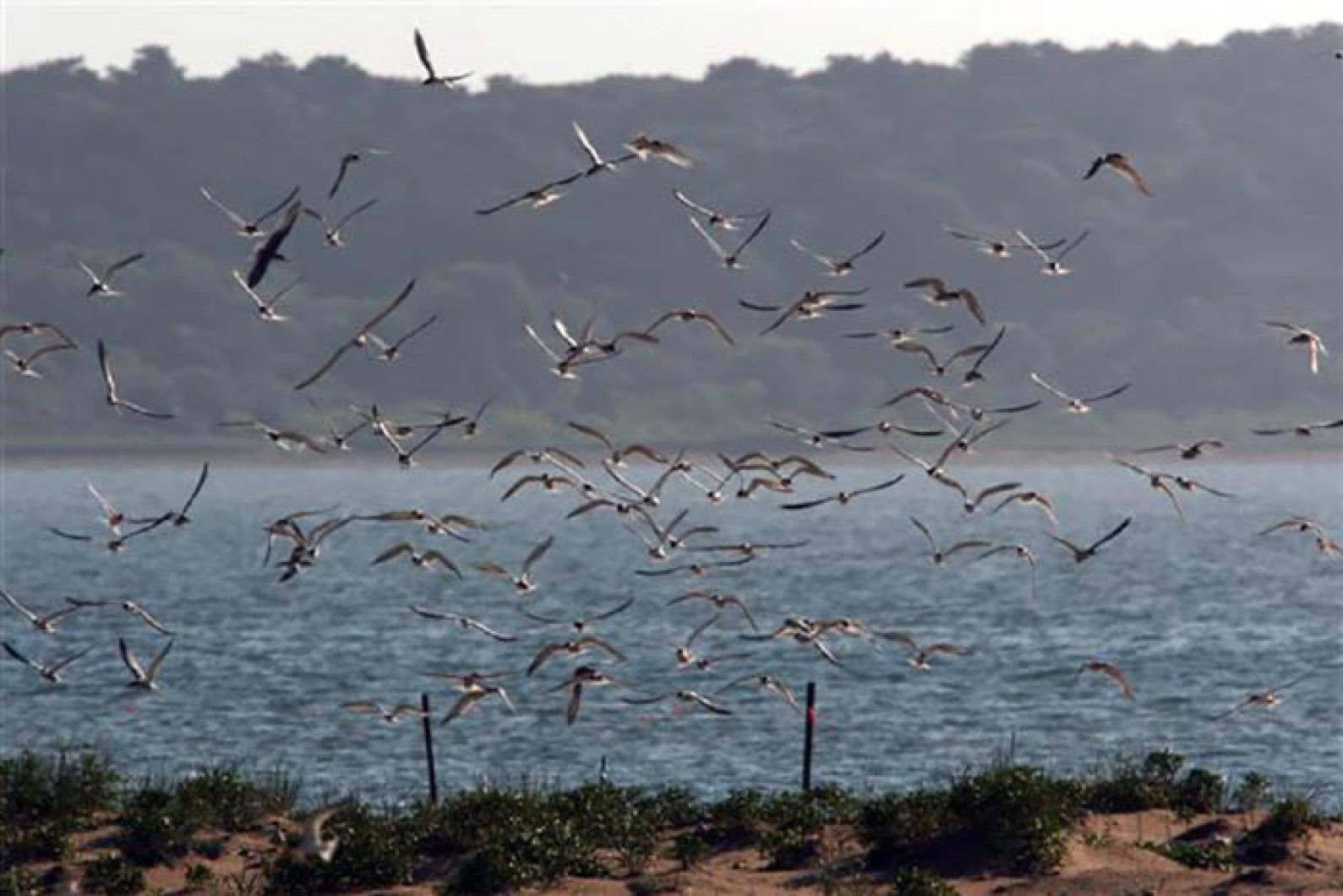
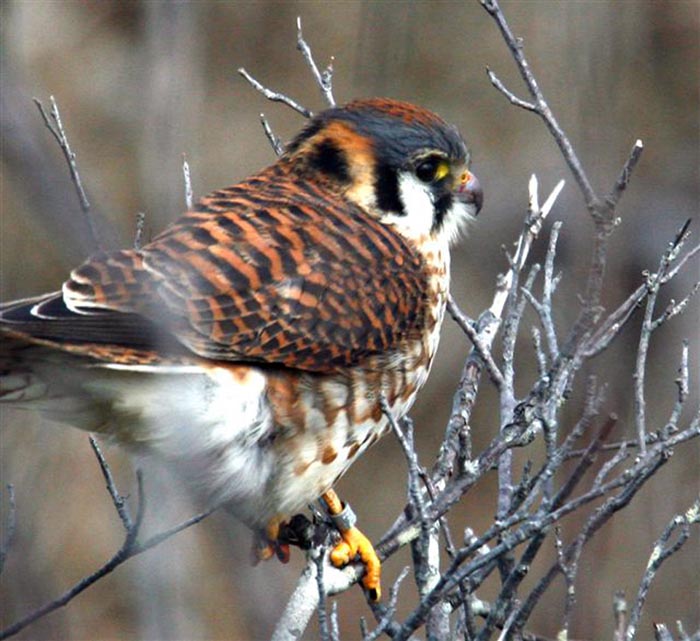

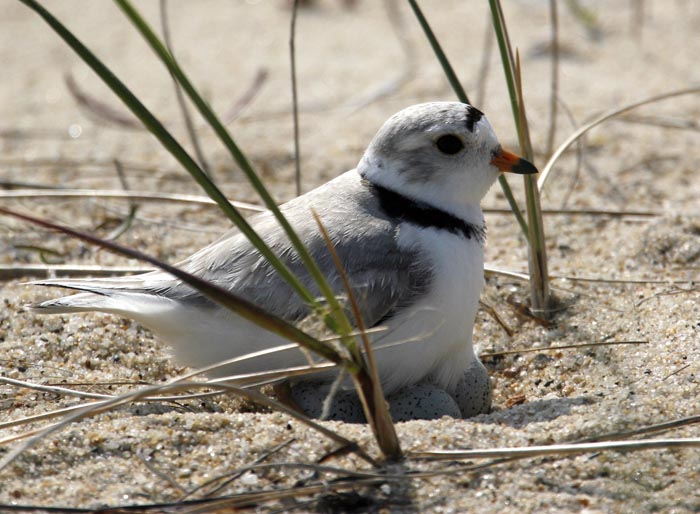
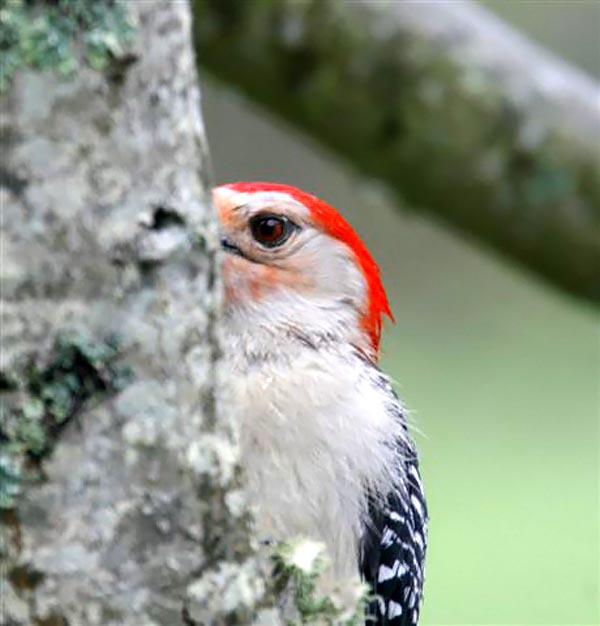
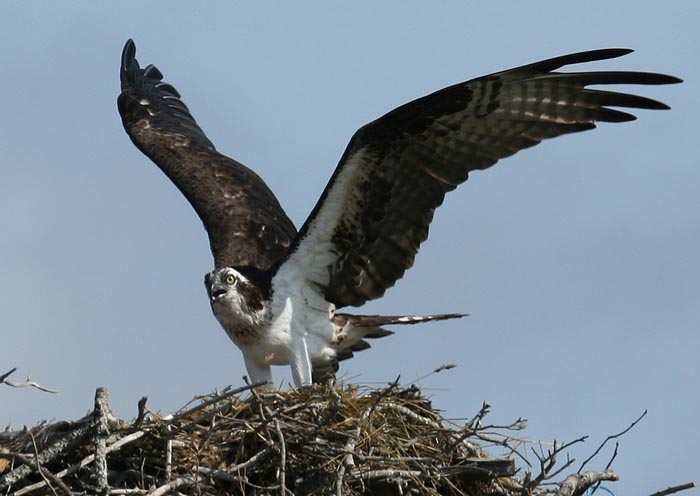


Comments
Comment policy »